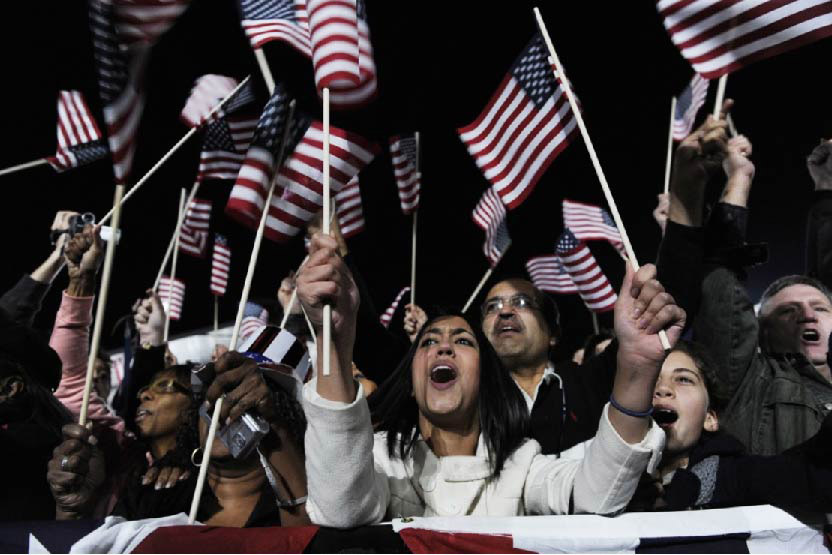 Washington Post photo by Linda Davidson
Washington Post photo by Linda Davidson
The late political scientist Samuel Huntington marveled at its place in our national life: We pledge allegiance to it. The national anthem celebrates it. An incredibly elaborate code stipulates how it's displayed, handled and maintained. It even has its own holiday.
"Since the Civil War," Huntington wrote, "Americans have been a flag-oriented people. The Stars and Stripes has the status of a religious icon and is a more central symbol of national identity for Americans than their flags are for peoples of other nations."
The NFL players who kneel during the national anthem - a phenomenon that increased exponentially after President Trump colorfully demanded they stand - are disrespecting the most potent and enduring national symbol of the most patriotic nation on earth.
Not only are they wrong to do so, they aren't delivering the devastating rebuke to Trump they may imagine.
The power of national - or imperial - symbols isn't new. The Romans couldn't abide the collective disgrace of losing their standards to the enemy in battle, and would undertake decades-long campaigns to win them back.
The American flag is layered with history and meaning. As Tim Marshall recounts in his book, "A Flag Worth Dying For," its roots probably reach back prior to the country's independence. It may owe its red and white stripes to the flag of the Sons of Liberty, the revolutionary agitators who carried out the Boston Tea Party.
The "rebellious stripes" of that flag, lacking a field of stars, don't look like much. In 1777, the Continental Congress added the stars.
The flag took time to catch on. The Civil War, which tested the integrity of the flag, represented a watershed. It came to be known as Old Glory at this time, courtesy of a cussed merchant seaman named William Driver, who demonstrated a characteristic American attitude to the Stars and Stripes.
Driver had retired to Nashville, Tenn., with his flag still in his possession. When local Confederates demanded he hand it over, he replied that they were welcome to take it - over his dead body. Secreted away in a bed quilt, the flag was eventually handed over to Union forces, and the legend of Old Glory spread.
After the war, Union veterans advocated for the display of the flag and for its veneration. The National Flag Conference of 1923 - yes, there was a national flag conference - set out the code subsequently adopted by Congress.
Per the code, "the flag represents a living country and is itself considered a living thing." It states that "no disrespect should be shown to the flag," and when taken down, it should be placed into "waiting hands and arms."
Some of the code is honored in the breach - it urges against using the flag on clothing or in advertisements - but it captures America's passion for its flag. At times of crisis, the phrase "rallying around the flag" isn't just a figure of speech. In one survey after the 9/11 attacks, 80 percent of Americans reported that they were displaying it.
This is why the NFL kneelers are cutting against the American cultural grain, besides picking the wrong target on the merits.
The American flag isn't a Confederate monument, indeed the opposite. Our military fights under it. The flag drapes the caskets of the fallen and is folded in a solemn ceremony at military funerals, with practically every movement fraught with religious and patriotic meaning. It's not to be trifled with - unless you intend to insult the country for which it stands.
When William Driver transferred control of his flag to Union troops, he is reported to have spoken "triumphantly, with tears in his eyes."
So many years later, Old Glory still elicits the same heart-felt sentiment. May it always.
Comment by clicking here.


 Contact The Editor
Contact The Editor
 Articles By This Author
Articles By This Author